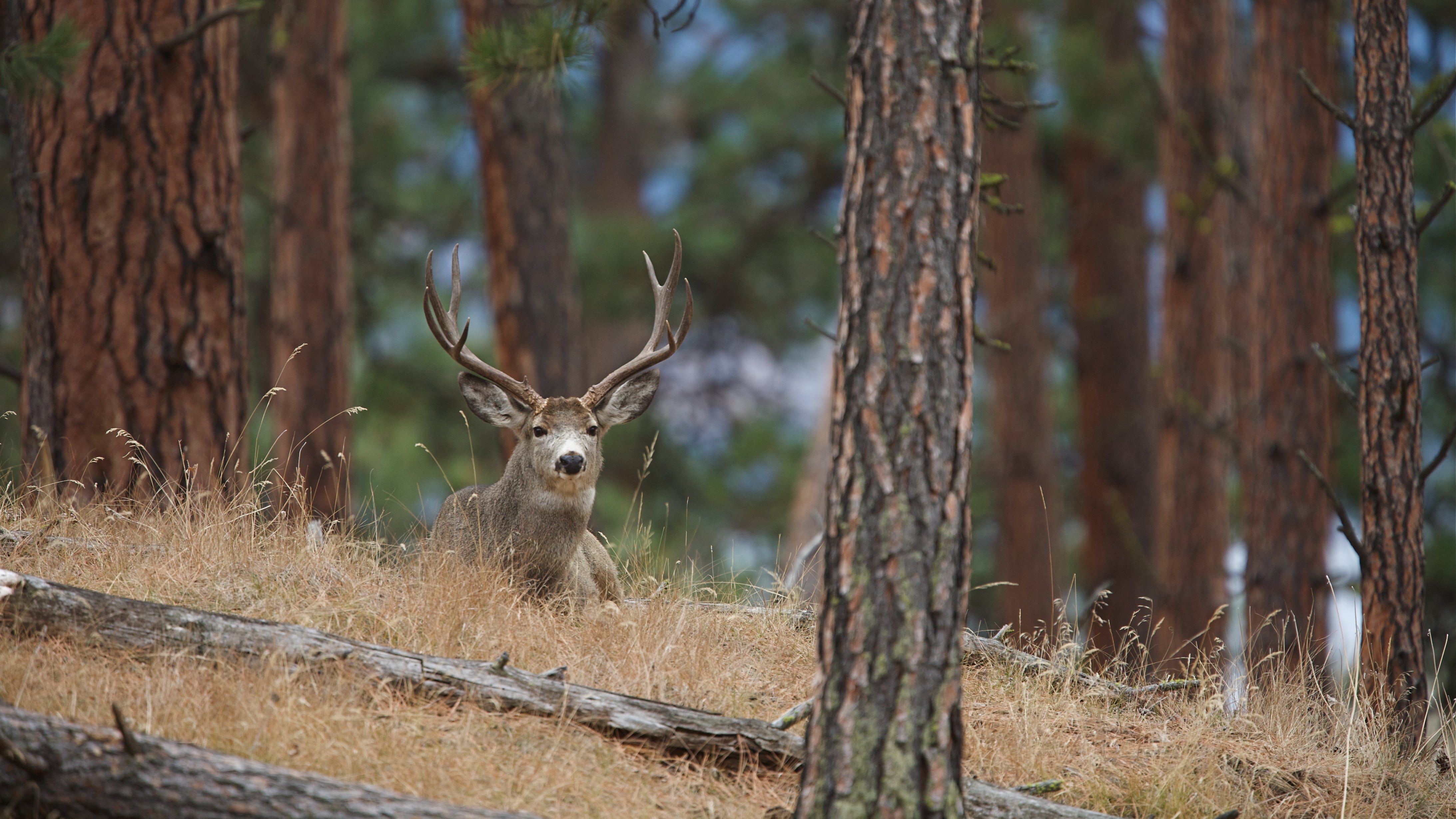I’m seeing an increasing number of deer in the Oaks Bottom Wildlife Refuge. Does anyone monitor these beautiful animals, count them, and look out for their welfare? Also, it’s hunting season now, and I was wondering... —Animal Lover
Sure, Lover: Grab your Kalashnikov, strap some bandoliers across your manly chest, and go full Jean-Claude Van Damme on those overpopulated deer. The city will thank you—they’ll probably even give you a medal!
The deer of Oaks Bottom are wild and beautiful, and like most wild, beautiful things—cocaine and Russell Brand spring to mind—having too much of them is actually kind of a nightmare. That’s why there are elaborate procedures in place for when the deer (which usually have no natural predators in urban settings) become too numerous.
But before I tell you what those procedures are, you may be interested to know whom we have to thank for this lovely wildlife refuge in the first place. Was it Tom McCall? 1000 Friends of Oregon? Naturalist and Grape-Nuts enthusiast Euell Gibbons? Nope! It was motorcycles—or rather, the people who hate them—that may have made the difference.
For years, the site was just a dump for trash and construction rubble. Then, in the 1960s, a development plan surfaced that included a museum, a marina and—fatefully—a motocross track. The prospect of dirt bikes revving their engines all day was so noxious that Sellwood residents quickly threw their weight behind what probably sounded like a crazy alternative plan: an urban wildlife refuge. (One imagines they would have been equally satisfied with an electrical substation, or perhaps a nice, quiet mausoleum.)
Anyway, the folks who created OBWR probably never imagined it would be so successful that someday it would have wild deer breeding like rats in a KFC dumpster. But if their population ever gets so out of control as to constitute a public nuisance, a law passed in 2018 allows Portland (or any other Oregon city) to petition the Oregon Department of Fish and Wildlife for a permit to have a to-be-determined number of them euthanized.
In this case, “euthanized” just means shot, either on the hoof or execution-style after live capture. The law specifically forbids agents to poison, tranquilize or lethally inject deer—perhaps that’s because the same law requires the city, “to the extent feasible,” to donate the now-deceased deer’s meat to a food bank or similar charity. It’s the ciiir-cle of liiife!
Questions? Send them to dr.know@wweek.com.

